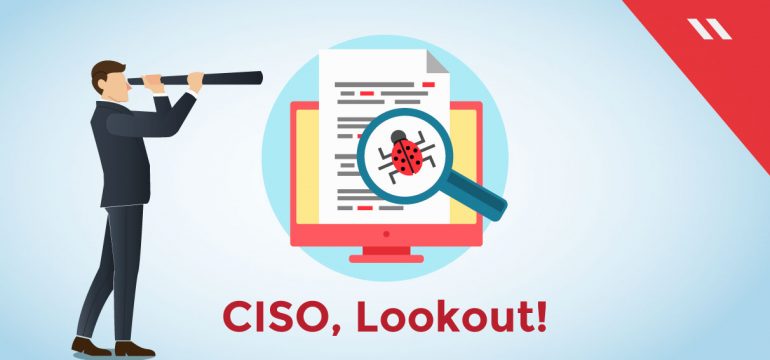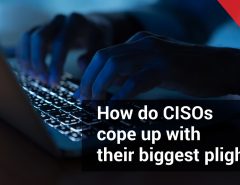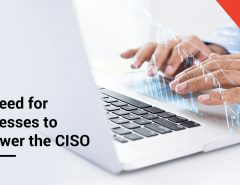Thanks to increasing cyberthreats, the role of the Chief Information Security Officer (CISO) in an organization is only expanding. More and more CISOs are now part of senior leadership teams, reporting directly to the Chief Executive Officer. There is a growing awareness about the significant need to secure an enterprise from the vast number of cyber threats that attempt proliferation. CISOs are also appreciated due to high-pressure environments they operate in.
That’s exactly the reason CISOs of most organizations spend a lot of time making plans to deal with various kinds of cybersecurity challenges. All these threats use different types of vectors, affecting an organization in different ways. On top of that, the threat landscape keeps changing as cybercriminals continuously evolve in their attack methodologies.
Evidently, even now then, CISOs have to be on the lookout for invading malware threats.
Seqrite suggests CISOs watch out specifically for these five top threats –
Ransomware
Most CISOs all over the world were caught off guard when the WannaCry and NoPetya attacks happened.
It wasn’t just the attack itself, but also the sheer scale and simplicity by which it spread. In a matter of days, systems across disparate countries were affected, infrastructure came close to shutting down and there was utter chaos. The audacity of criminals stealing enterprise data and asking for money to release the information was unparallel. Without doubt, it represented a seminal point in cybersecurity history and hence is one of the biggest challenges which continues to plague CISOs.
The BYOD & CYOD culture
Businesses encouraging the adoption of employees working on mobile devices outside secure office networks have expanded the CISO’s work profile. From the position of cybersecurity, BYOD & CYOD policies cause immense risk. Confidential business information is carried on personal devices which are not as secure as corporate endpoints.
The CISO might work painstakingly to ensure that systems inside the company network are updated and patched without any of the latest vulnerabilities. Unfortunately, the same guarantee cannot be given for a personal device. In order for personal devices to have some level of protection will mean that CISOs explore completely new ways and processes to do so.
The CISO balancing productivity with security
CISOs nowadays are also tasked with balancing between employee productivity and security.
The millennial workforce demands more freedom and access which can open an entire channel of cyberthreats for the enterprise. On the other, clamping down too heavily on employees in the interest of information security leads to reduced motivation and hence, less productivity among employees. CISOs need to manage this very carefully as there is no one-size-fits-all mobility solution. Every organization is different and every organization’s security needs are different.
Data protection
CISOs worry about protecting enterprise data in a world where data loss is becoming excessively common. Data breaches are regularly in the news – headlines and its repercussions can often be swift. It is ultimately the CISO’s main responsibility to ensure that enterprise data is safely stored and secured. That though is easier said than done hinting CISOs to always be at the top of their cybersecurity game.
An eye on the future
Every year brings new threats – as a senior leader in an organization, it is the CISO’s responsibility to ensure that the business he/she is serving is capable enough to tackle present and future cyber dangers and that there is a contingency plan in place. These threats can be in multifold and can often be unpredictable – whether they are zero-day attacks, supply chains or threats coming through the Internet of Things (IoT).
Seqrite’s Endpoint Security (EPS) solution provides CISOs with peace of mind by integrating various advanced technologies like Anti Ransomware, Advanced DNA Scan and Behavioral Detection System to protect enterprises from advanced threats.




